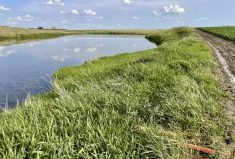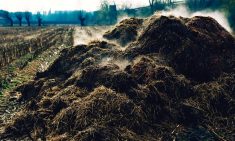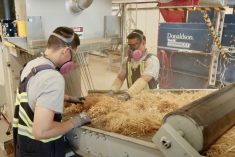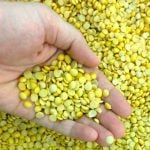One of the fastest and cheapest ways to dispose of deadstock is to compost them — and you can even do it in winter.
“As soon as your compost heats up to 40 C, it doesn’t smell like a carcass anymore… it’s not,” said Kim Stanford, a beef research scientist with Alberta Agriculture and Forestry.
“Good mortality composting takes some time and effort, but really, it’s something that you can adapt to most farms.”
When a compost pile is working properly, a dead cow of average feedlot weight can be broken down in about nine months, she said during a recent Beef Cattle Research Centre webinar.
Read Also
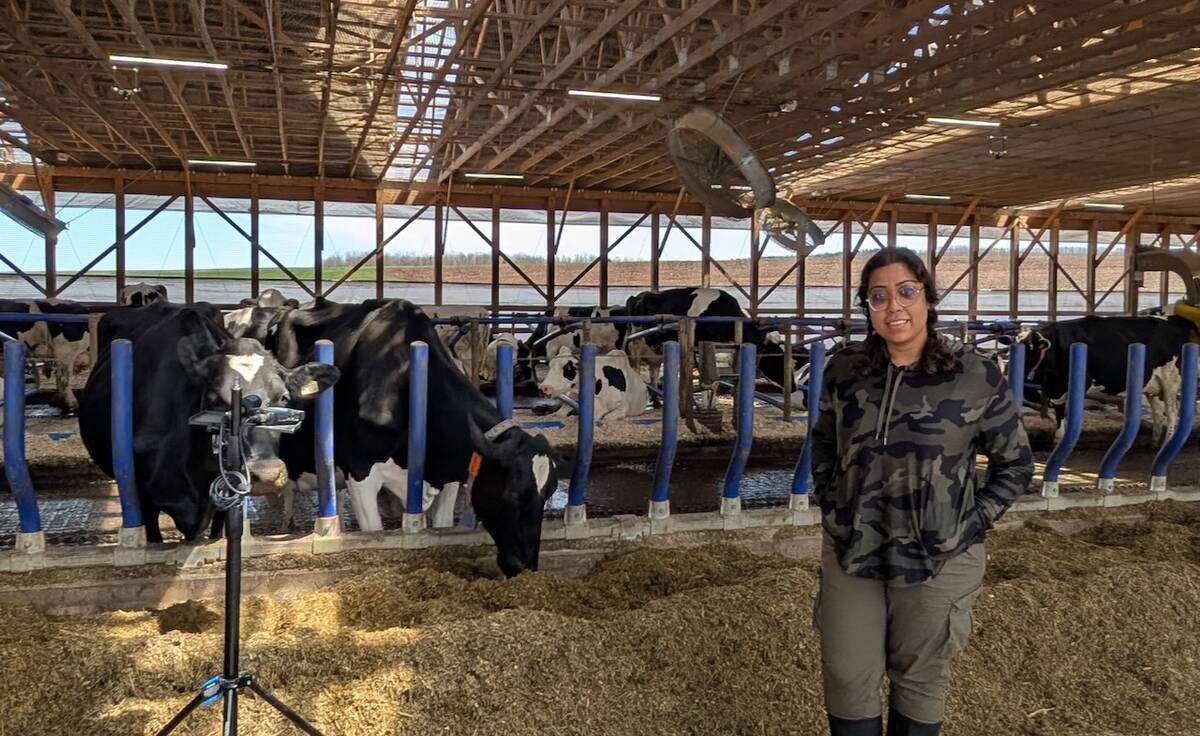
Moo translator and methane measures: There’s an app for that
Dalhousie University researchers use artificial intelligence to create new dairy farm apps that analyze cattle sounds and measure methane.
The site should be accessible year round and close to compost amendments, such as straw, manure and sawdust. It shouldn’t be close to wells or livestock pens, and be in a well-drained area with a catchment for run-off.
“The goal of composting is to maintain happy aerobic bacteria and fungi — those are the organisms that do the hard work of breaking down the carcasses,” said Stanford. “The secret to composting is to set up your piles well and if you do that properly, there are no worries and it just composts by itself.”
The compost pile should be six feet tall and constructed in layers over dead cattle laid on their sides (but not touching).
“Just use whatever you’ve got on hand,” said Stanford. “Composting is a really forgiving process and you can use things that are waste products that are on your farm,” she said.
Old straw, manure, sawdust, wood chips, and even spoiled silage can be used, but the amendments can’t be too wet. The base layer should be as dry as possible.
For a compost to be active and work properly, it has to contain oxygen.
When building the compost, windrows need to be built so water runs off and doesn’t pool on top of them. If the windrows are too small, they can dry out or get too wet when it rains. Compost needs to be turned — Stanford and her research team did that three times in a nine-month period. After nine months, the compost should look like dirt and have no smell. It the pile reached 55 C, pathogens are killed.
The piles can be started in winter as long as they are dry and warm manure is used to start the composting process.
There are other options for dealing with deadstock but all have drawbacks. Boneyards (or natural exposure) can lead to problems with disease, odour, flies, water contamination, and predation.
On-farm burial is also permitted, but the hole must be four feet deep and located 500 feet from a well and 350 from a barn or dwelling. Burial can also affect the water table, create odour, and get expensive as new sites are required.
Burning is illegal and incinerators able to handle cattle are rare and not legal in all areas. A biodigester is an option, but there are operational challenges and they are expensive.





